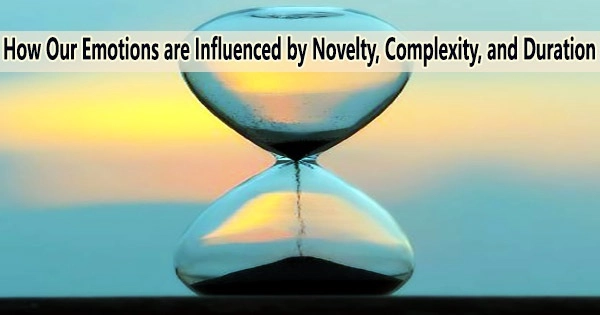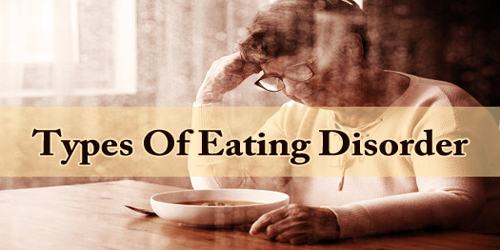The Swiss developmental psychologist Jean Piaget and, decades later, Sylvan Tomkins, a giant in the development of theories of consciousness, developed complex theories of how our “knowing” develops as a result of careful observations of human infants, toddlers, and adults.
They contend that biologically based reactions to internal (hunger, pleasure, pain) or exterior (noise, smells, another’s rejection) stimuli mark the beginning of experience. Hard-wired autonomous sensorimotor systems elicit responses that tempt us to move toward or away from environmental triggers, or to shorten or lengthen effects (if internal). Sets of expectations, or “schemata, get unconsciously used as behavioral cues as a result.
We can find ourselves drawn towards the positive affects of:
- Interest, excitement
- Enjoyment, joy
- Startle, surprise
Or to distance ourselves from the negative ones of:
- Fear, terror
- Anger, rage
- Distress, anguish
- Shame, humiliation
- Disgust or dis-smell (the word Tomkins considered more precise in capturing his concept of contempt; for Tomkins, “shame/humiliation” includes guilt)
These biological foundations of what ultimately becomes personality have been documented by a parallel 50 years of empirical research on “temperament.” These intrinsic reactions appear in a plethora of combinations during infancy and are altered by maturity and experiences over time. They harden into habits.
Tomkins went further Piaget when he divided information that we absorb into three crucial dimensions, regardless of whether it originates from inside or outside of us.
Novelty signals how familiar the input is to what one has experienced before. It takes into account the matching process that Piaget discussed in his writings about the accommodation-assimilation cycle that results in adaptation. To use a well-known example as an example, when Coronavirus-19 first emerged on this planet, it was brand-new and nobody understood what it was. The rise in unknowns evoked enhanced fear for safety and arousal based on the extent of the unknowns. Knowledge of the virus’s various characteristics, from how to contract it to how the spikes evolved, grew as science and the media exposed more people to it. In lay terms, the novelty wore off and as people became more informed, the fear responses (and impulses they evoked) mutated. For those who were inquisitive, the arousal of interest took the place of the natural aversion brought on by fear; for those who felt more personal risk, the fight-flight-freeze response continued to be active.
Complexity summarizes how complicated or multi-faceted the information is. The novel Coronavirus-19 and its subsequent mutations initially offered infinite complexity. It could be addressed through at least seven levels of language, viewed from the levels of physics and chemistry; its impact on organs; on whole biological systems; on our thinking, feeling, behaving, learning; on our interactions with others, particularly our atypical seclusion and wariness of them; on how we reacted to the cultural systems in which we were raised, with their institutions and laws; even from the standpoint of meaning, the spiritual realm’s attempt to make sense of a sometimes perplexing world.
Duration refers to how long exposure to information lasts. The Coronavirus-19 initially dominated conversations, filled the media, and prompted a plethora of both positive (adaptive) and negative attempts to deal with the arousal it caused. Duration eventually had its own power to arouse emotions; some people had grown weary of the efforts needed to keep up with new advances or the vigilance they had adopted for their own safety. Other needs financial, relational, residential, even simply of the body like dental maintenance demanded attention and re-evaluation of risks and rewards.
Some relied on aids like community transmission rates; others soothed discomfort with higher risk by lowering cognitive dissonance; others, however, decided to reconsider risk’s influence depending on the potential perceived negative effects on themselves or the people they care about. The desire to have it end or at the very least fade into the background of what we must accept took hold.
Now we search for our own personal comfort level, knitting together information from sources that we trust and the affects that their “spin” involves. Some people object to vaccines because they think they are immune to them, they are suspicious of biological interventions, or they want to fit in with those who hold similar beliefs. Because of who they are, they must accept information that has been carefully curated by people they respect and see as authorities.
Some who have been ill decide “it wasn’t so bad” and calculate that precautions are not worth the losses they require. And some people continue to exhaust themselves by making decision after decision, based on updated information as best they can follow it, perhaps because their levels of risk are higher.
Its intricacy hindered public health professionals, government employees, and the populations they serve. The public responded with acute levels of arousal, especially along the fear continuum. An array of coping mechanisms, including constructive, positive coping mechanisms as well as destructive, negative ones, were triggered as the duration and intensity of the unknowns grew. People called upon resources they had used successfully before, either short-term like eating favorite forbidden foods, or tempering responsiveness with alcohol, or longer-term, like trying to learn new skills and keep up with evolving information.
But people are also wired to habituate to the information that surrounds them. We adjust to a chronic noise level or offensive smell, tempering our biological reactions by reducing the novelty and, often with it, the complexity.
People can once again manage their emotions by actively choosing how much exposure they accept by controlling the novelty, complexity, and duration of information, as well as choosing the reliable sources from which they receive it. Piaget and Tomkins contend that conscious understanding of the factors to which we respond can facilitate growing from experience.
















